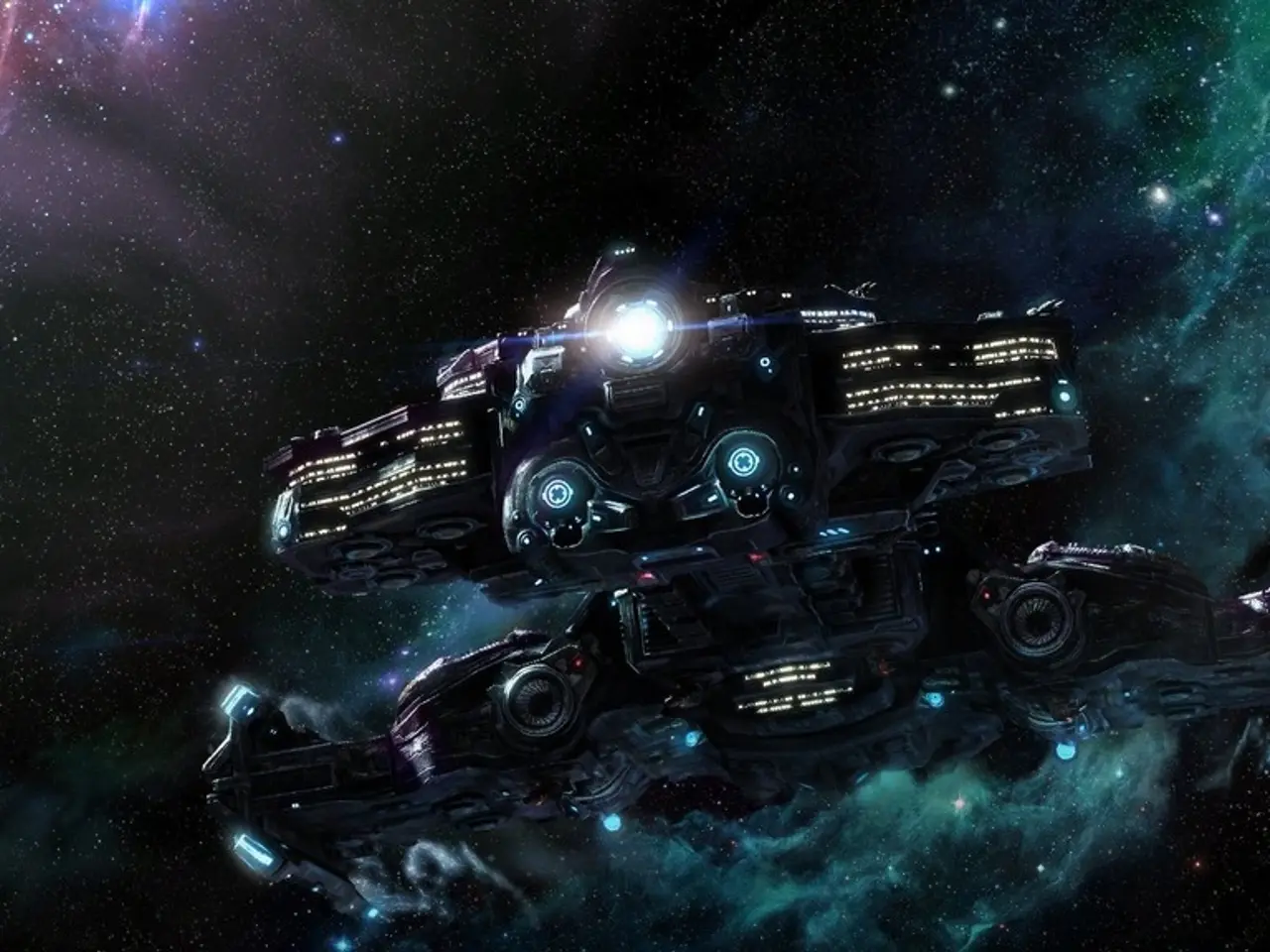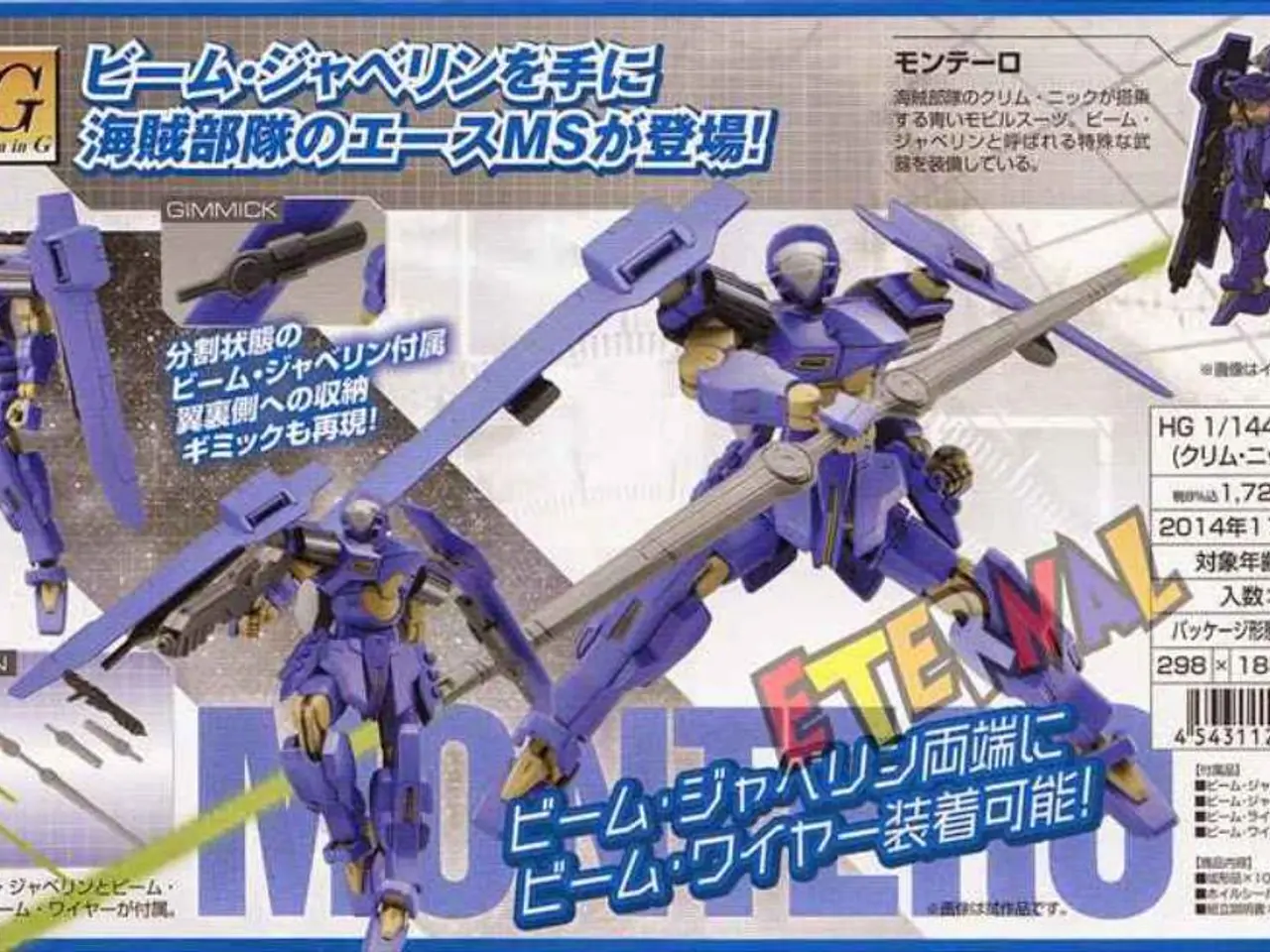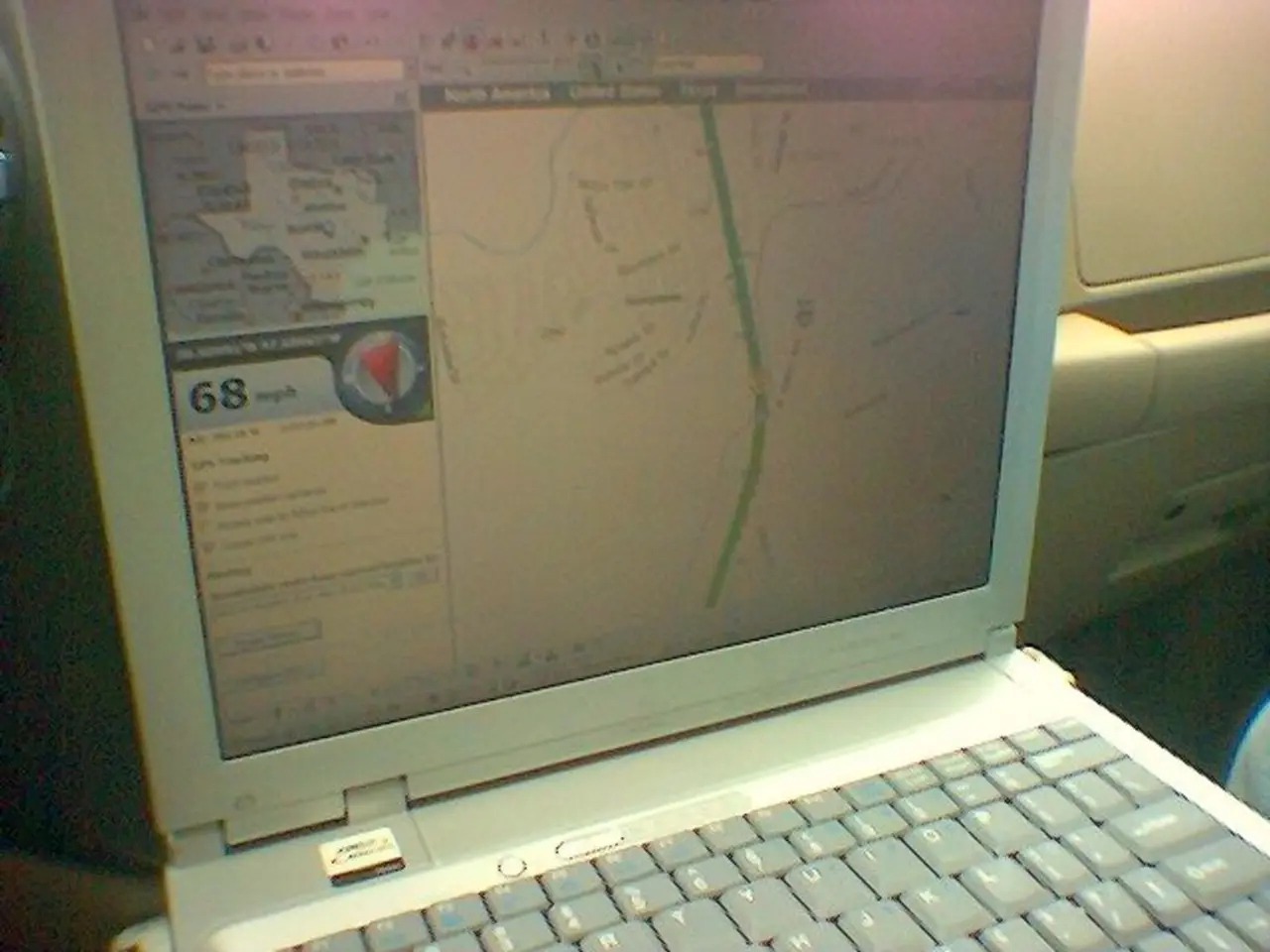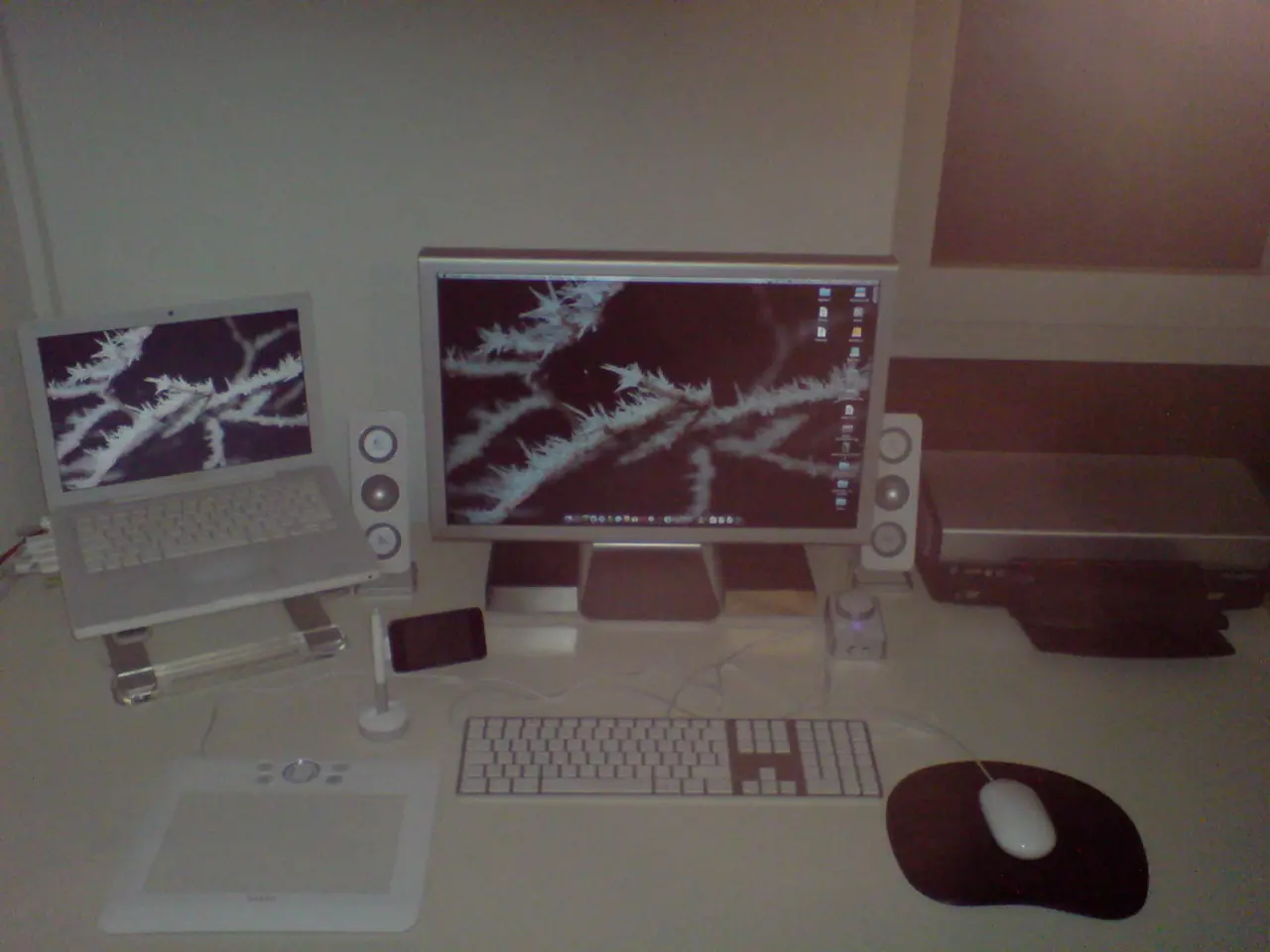Orion Spacecraft Explained - Comprehensive Guide to Spacecraft for Space Travel - Space Terminology Encyclopedia
The Orion spacecraft, developed by NASA, stands out as a unique crew vehicle designed for deep-space exploration, setting it apart from other crewed spacecraft currently in operation, such as SpaceX's Crew Dragon and Boeing's Starliner.
### Design and Capabilities
The Orion spacecraft is primarily designed for deep space missions beyond low Earth orbit (LEO), including Artemis lunar missions. It boasts a robust heat shield to withstand lunar re-entry speeds and has a larger mass and volume to support longer missions. In contrast, Crew Dragon is a reusable capsule designed for frequent LEO missions, primarily ferrying astronauts to the International Space Station (ISS). Starliner also targets LEO missions, transporting crews to the ISS.
| Feature | Orion | Crew Dragon | Starliner | |--------------------------------|----------------------------------|------------------------------------|-----------------------------------| | **Primary Mission** | Deep space (Moon, beyond LEO) | LEO crew transport (ISS) | LEO crew transport (ISS) | | **Crew Capacity** | Up to 4 astronauts | Up to 4 (7 in alternate config.) | Approximately 4 astronauts | | **Reusability** | Partially (capsule reused) | Fully reusable capsule | Reusable capsule | | **Launch Vehicle** | Space Launch System (SLS) | Falcon 9 rocket | Atlas V rocket | | **Cockpit Interface** | Traditional controls + modern avionics | Advanced touchscreen cockpit | Automated systems with NASA Docking System | | **Docking System** | NASA Docking System (compatible with Gateway/ISS) | International Docking Adapter | NASA Docking System (NDS) | | **Safety Features** | Launch abort system, radiation shielding for deep space | Launch escape system, automated safety protocols | Launch abort system, automated docking |
### Mission Objectives
Orion's mission is to support NASA’s Artemis program, which aims to return humans to the Moon and eventually send astronauts to Mars. Its design supports longer-duration missions in more hostile environments beyond Earth orbit. Crew Dragon's mission is to provide reliable, cost-effective transportation for astronauts to and from the ISS, supporting both NASA and commercial/private missions. Starliner focuses on providing NASA with an alternative LEO crew transport vehicle to increase redundancy and robustness in crew access to the ISS.
### Similarities
All three spacecraft are capsules designed to carry crews safely to orbit and return them to Earth. Each uses modern safety features such as launch abort systems and automated docking capabilities compatible with the ISS. They support NASA’s human spaceflight goals but at different mission scales: Orion for deep space, Crew Dragon and Starliner for LEO operations.
In summary, Orion is a heavy-lift, deep-space crew vehicle with robust thermal protection and life-support for lunar and beyond missions, whereas Crew Dragon and Starliner are more focused on cost-effective, reusable LEO transport with advanced automation and docking systems compatible with the ISS. Crew Dragon leads in operational reusability and commercial usage, Starliner emphasizes redundancy for NASA's ISS access, and Orion serves NASA’s exploration ambitions beyond Earth orbit.
Space exploration in the realm of science relies on advancements in technology, as demonstrated by NASA's Orion spacecraft, designed for deep space missions like Artemis lunar expeditions. On the other hand, space-and-astronomy sectors also benefit from technology, as seen in the reusable capsules Crew Dragon and Starliner, which are primarily used for drastic low Earth orbit missions, such as ferrying astronauts to the International Space Station.




